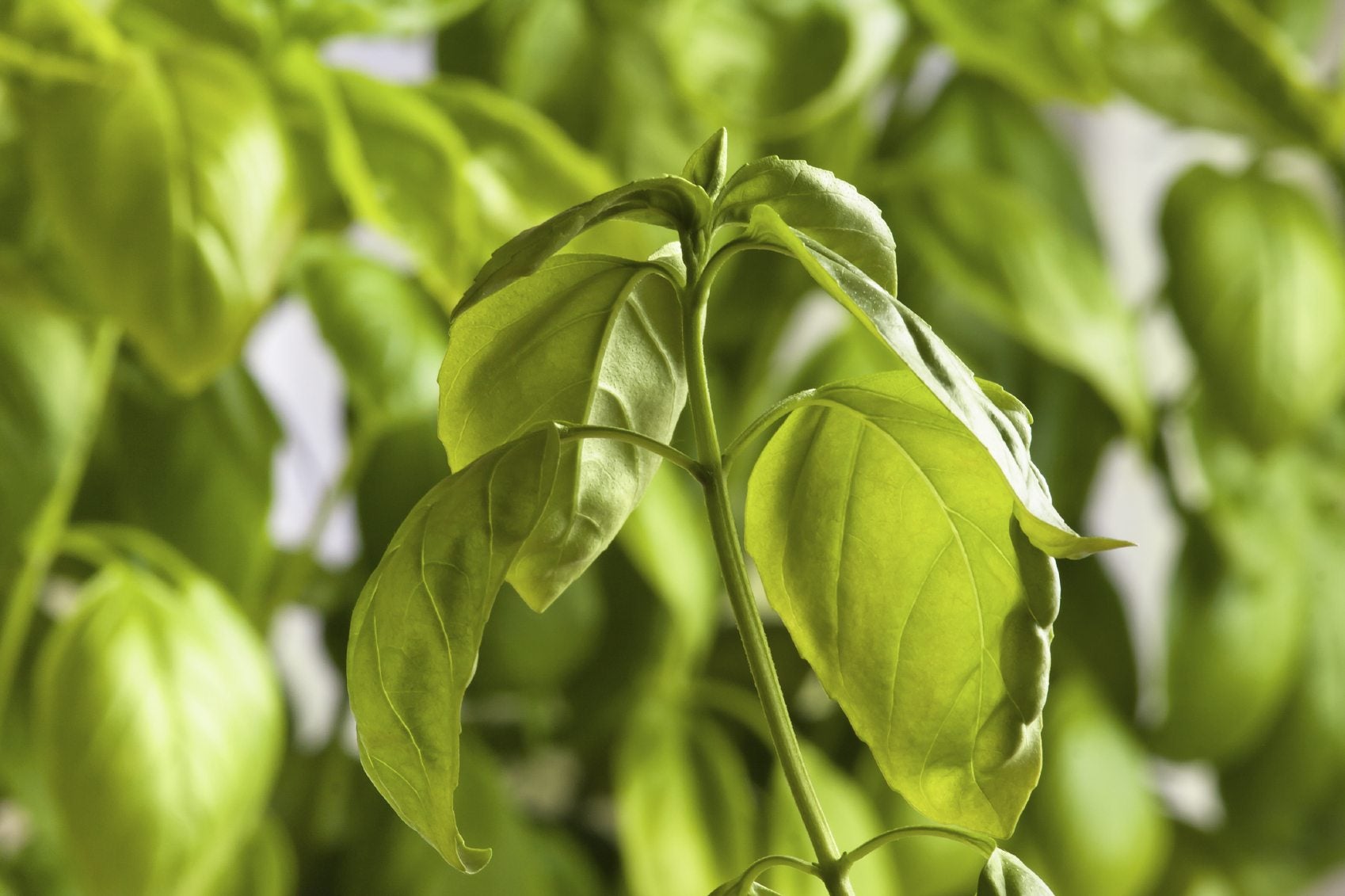My Basil Leaves Are Curling – Why Do Basil Leaves Curl Under


Help! My basil leaves are curling and I don’t know what to do! Why do basil leaves curl under? The reason for basil leaves curling up may be environmental, or your plant may be diseased or pestered by pests. Read on to learn more about this frustrating problem.
Reasons for Basil Leaves Curling Up
Generally, growing basil in the garden is easy and stress-free. That being said, problems can and do arise. Basil leaf curl treatment is dependent on the specific factor causing it. Here are the most common stressors leading to curling basil leaves. Sunlight – Basil is definitely a sun-loving plant and exposure to less than six hours of bright light per day may result in distorted foliage or basil leaves small and curled. Relocating the plant to a sunnier location may solve the problem. Water: Too much or too little – Basil requires regular water, but not too much. As a general rule, water the plant deeply whenever the top 1 to 2 inches (2.5-5 cm.) of soil feels dry to the touch, usually once every four to seven days. However, keep in mind that potted plants may require more frequent irrigation, especially during hot, dry weather. Whether the plant is in the ground or in a container, be sure the soil (or potting mix) is lightweight and drains well. Water at the base of the plant and keep the leaves as dry as possible. Diseases – Fungal diseases may be the cause of basil leaves curling up, but chances are, you’ll notice other telltale signs. For example, powdery mildew is a fungal disease that causes a grey, powdery substance on the leaves. The disease is caused when conditions become too moist, including too much shade or soggy soil. Fusarium wilt, which is usually deadly, can cause brown or distorted leaves. To prevent moisture related diseases, water basil carefully as directed above. Pests – Basil is a hardy plant, but it can sometimes be bothered by aphids and other small, sap-sucking pests such as spider mites or scale. The pests can be difficult to see, but a close look at the leaves, especially the undersides, will usually tell the tale. If you determine your plant is infested with bugs, insecticidal soap spray usually keeps the pests in check. Be sure to spray when the foliage is in the shade; otherwise, the spray may scorch the plant. Don’t spray when the temperatures are above 90 degrees F. (32 C.).
Sign up for the Gardening Know How newsletter today and receive a free copy of our e-book "How to Grow Delicious Tomatoes".

A Credentialed Garden Writer, Mary H. Dyer was with Gardening Know How in the very beginning, publishing articles as early as 2007.